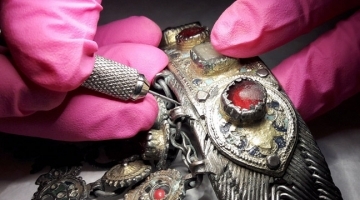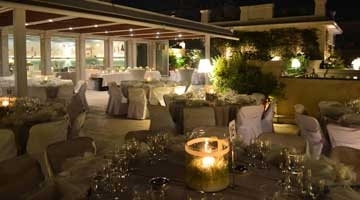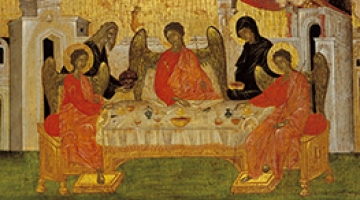- EN English
- Login
-

Within these areas objects may be made from or incorporate a wide range of both organic and inorganic materials. Staff works on a remarkable variety of materials spanning the past seventeen centuries from the Coptic, Byzantine Islamic and Neo-Hellenic collections but also Toys. Coptic wool and linen fabrics from the 4th - 8th centuries and a 13th century gold thread Byzantine liturgical embroidered veil are some early examples. More recent examples include a 17th - 18th century multicoloured, embroidered bed tent from Rhodes, 19th century Greek costumes, flags, banners and toys.
Textile conservators specialise in all types of textiles which include costume, costume accessories, ecclesiastical vestments and liturgical cloths, embroidered and printed textiles, flags and associated organic materials such as straw, fur and feathers.
Large scale textile conservation projects will require team work based on analysis and thorough investigation of the materials and techniques used. It is painstaking and may take years to complete, but besides enhancing interpretation and promoting display in the galleries it will significantly add to our knowledge regarding the making, provenance and conservation history of the object.
Our team is also involved with key preventive strategies within the Museum including integrated pest management and providing state of the art mounting support and soft packing of dress to enable it to travel for multi-venue loans and exhibitions. Costume mounting for short and long term display is also a specialism within this section.
Contact
3, Koumbari St, Athens, 106 74
Tel: +30 210 3612430, +30 210 3626215
Fax: +30 210 7258589




